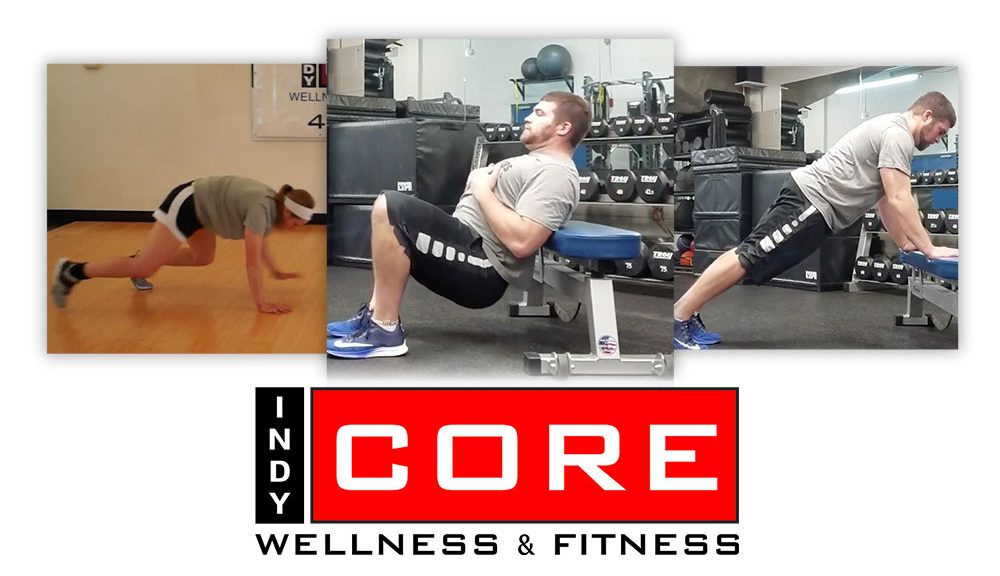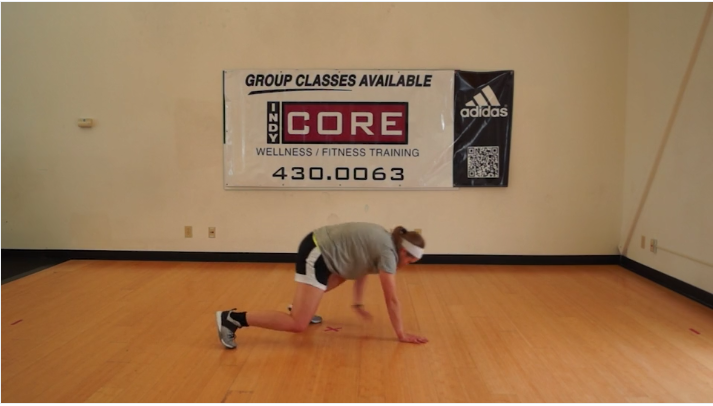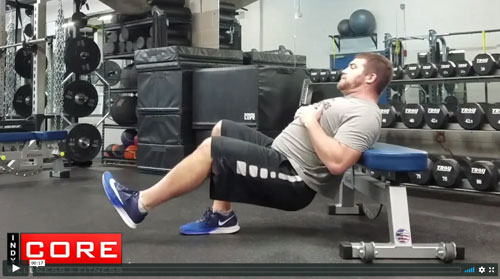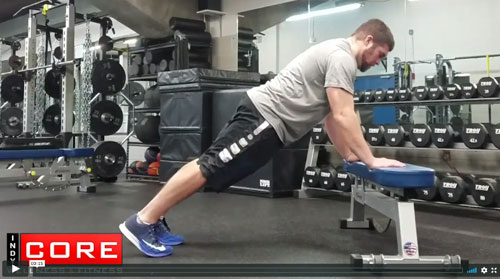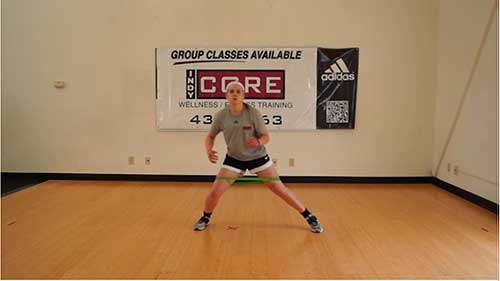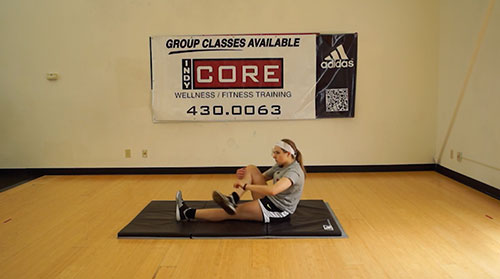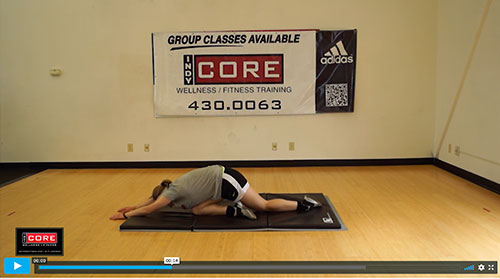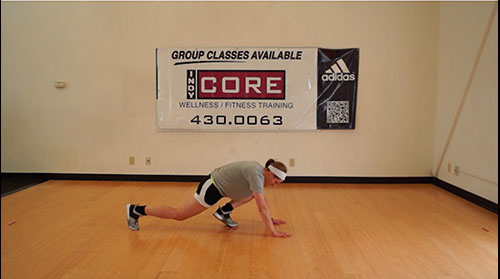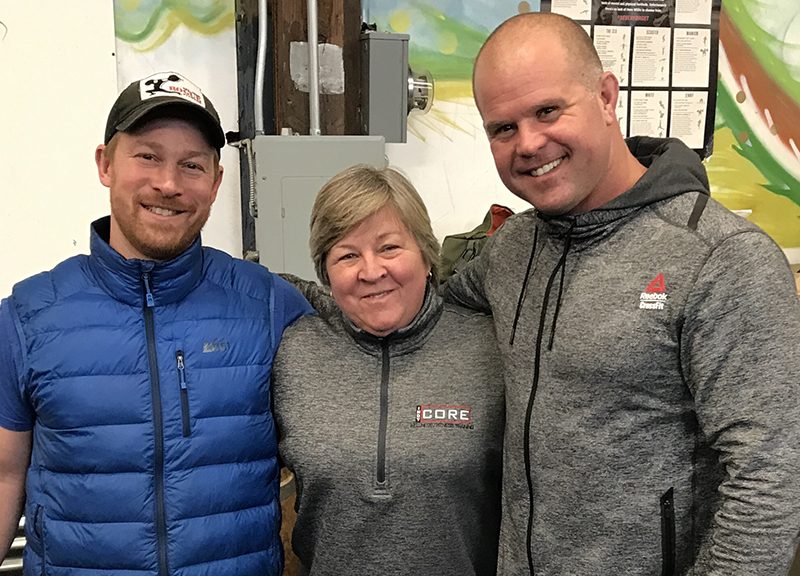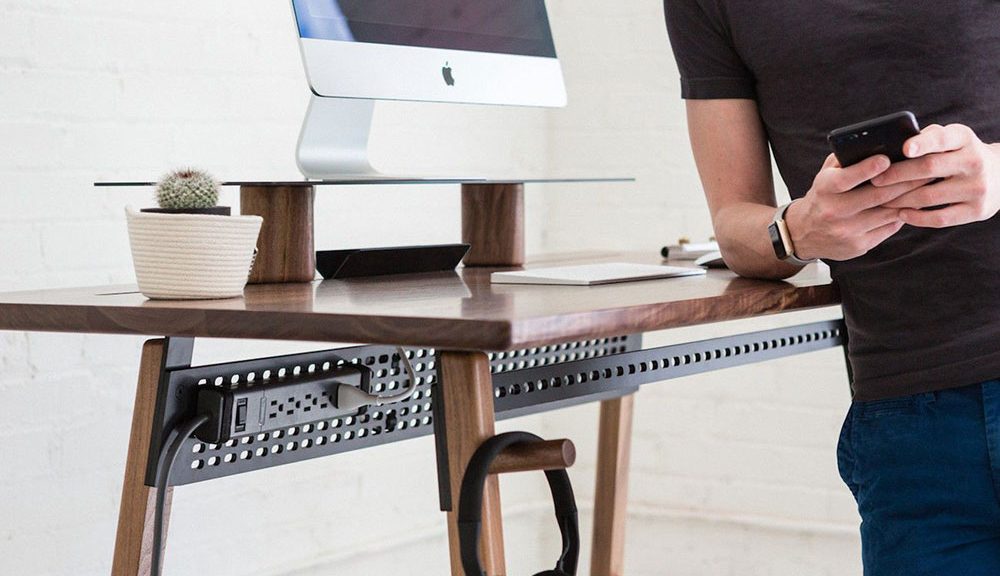Make sure to do 5 rounds of 5 for a 20 minute workout.
Category Archives: Uncategorized
Exercises for hip strengthening and mobilization
Here are 3 exercises for strengthening and mobilization of your hips.
How to stretch you hips after your work out
Here are a few exercises to stretch your hips properly after a workout. Stretching after a work out gives you the best benefit for flexibility.
Happy New Years from Indy Core Fitness

Happy Holiday from Indy Core Fitness

IndyCore Fitness Is Certified In MobilityWOD!

“All human beings should be able to provide basic maintenance on themselves”
Kelly Starrett, Founder of MobilityWOD.
What’s MobilityWOD?
IndyCore founder Kim Rockey is a certified MobilityWOD trainer. This week we’ll cover the history and background to the MobilityWOD approach to fitness. Continue reading IndyCore Fitness Is Certified In MobilityWOD!
Finding Joy In The Fitness Process With IndyCore Fitness

Fitness Goals, Motivation, and Happiness
Years ago I was a serious runner. I trained almost every day for a number of years. I was very much into the “Zen” of running. I loved the process, thinking about my form and enjoying that runner’s high. Then I decided to run in a marathon. I was so dedicated to this goal that I even continued my training while on a trip across the American Southwest. I have a wonderful memory of running along the bank of the Rio Grande River in Albuquerque. I have a great story about moving a large bull down a dirt road outside of Tucson to get back to the guest ranch we stayed at. But once I completed the marathon I found it very hard to motivate myself to continue running. This was because I was so focused on that achievement that I lost sight of the joy running brought to me each day. That brings us to today’s topic: The Hedonic Adaptation Prevention Model. What a mouthful!
The Hedonic Adaptation Preventive Model
Research has shown that happiness can increase after major life changes such as a new romantic relationship or a new job. Yet over time, the state of happiness returns to its previous level. It becomes difficult to stay involved.
This research resulted in the Hedonic Adaptation Prevention Model. The model helps us maintain higher levels of happiness derived from beneficial changes we make in our lives. The model has two components:
Surveying Happiness
Kennon Sheldon, professor of psychological sciences in the College of Arts and Sciences and Sonja Lyubomirsky of the University of California surveyed 481 people about their level of happiness:
Sheldon and Lyubomirsky then tested and confirmed their model for predicting whose boost had lasted. They found that most participants got used to the change that had made them happy in the first place. Their happiness faded because they kept wanting more. They raised their standards or stopped having fresh, positive experiences with the change. For example, they stopped doing new things with their partner and started wishing they were better than they were. A few were able to appreciate what they had and to work at having new experiences. These people maintained their happiness, rather than falling back where they started.”
Other Factors
Genetics and other factors play a role. Individuals have a certain “set-point” of happiness normally felt. Some tend to be effervescent while others are more subdued. Individuals vary in the range of their set point. The research shows how we can train ourselves to stay at the top of their possible range of happiness.
Sheldon noted that a therapist can help a person get from miserable to OK, but the study shows how we can take ourselves from good to great.
The Acquisition Addiction
Have you ever felt excitement over a new acquisition such as an automobile only to find weeks later that the thrill is gone? The best life has to offer seldom equates to new purchases. Although new possessions can boost happiness, the item must be experienced in a new way each day. We must appreciate what it brings to have any lasting effect on our happiness.
The problem with many purchases is that they tend to just sit there. They seldom keep on providing varied positive experiences. Also, relying on material purchases to make us happy can lead to a faster rise in aspirations. The acquisition of “stuff” can become addicting. Many purchases turn out to be quick fixes to feed our addiction.
The research suggests ways to reduce the ‘let down’ from those purchases. For example, if you renovate your house, take time to enjoy it and have many happy experiences in the new environment. Do not compare your new decor to the Joneses’.”
Finding Joy In The Process With IndyCore Fitness
Indycore Fitness takes these same concepts and applies them to the fitness work we do and the benefit we find in that work. First of all, we should appreciate that we are able to make the effort. Then we appreciate that we are able to reach goals and can continue onward. Celebrating the achievement is important but it is even more important to appreciate we are able to do the work in the first place and find joy in the process.
Sitting Is A Pain…
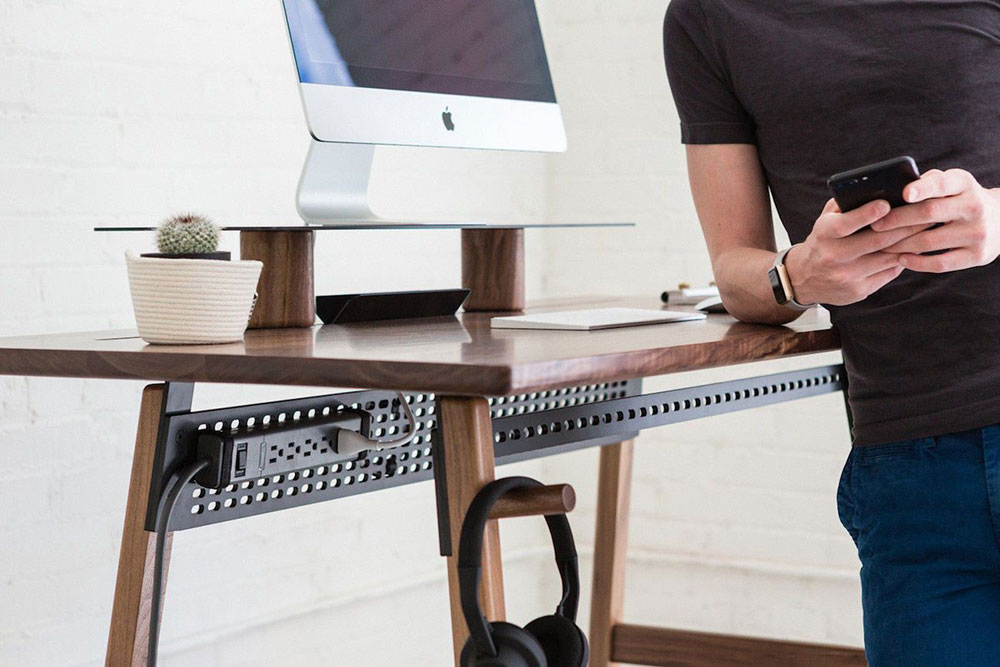
Have you ever heard the saying, “Sitting is the new smoking?”
Mayo Clinic specialist Dr. James Levine coined this phrase to illustrate how prolonged sitting is harmful.
One of the downsides to our information-driven world is that so many careers involve long periods of sitting. So many activities – driving, traveling, socializing, studying and working all involve sitting. How did we end up here? Is there some way to mitigate the harmful effects that come with sitting on our backsides for prolonged periods each day
The adverse effects of prolonged sitting have come to the attention of many employers. So much so that many office furniture manufacturers now produce desks that can be easily lowered or raised throughout the workday. Even if you do not have access to a sitting/standing desk, many cubicles have two work surfaces, it is quite simple to raise one surface for standing while keeping the other for sitting and then switch positions throughout the day.
Dr. Kelly Starrett is a successful physical therapist, owner of San Francisco Cross Fit, and founder of the Mobility Project. Dr. Starrett has made it his mission to give people a solution to this problem.
Check out the video below to learn about the standing desk. Switching to a standing desk can help you become more productive and successful.
Core Prescriptions
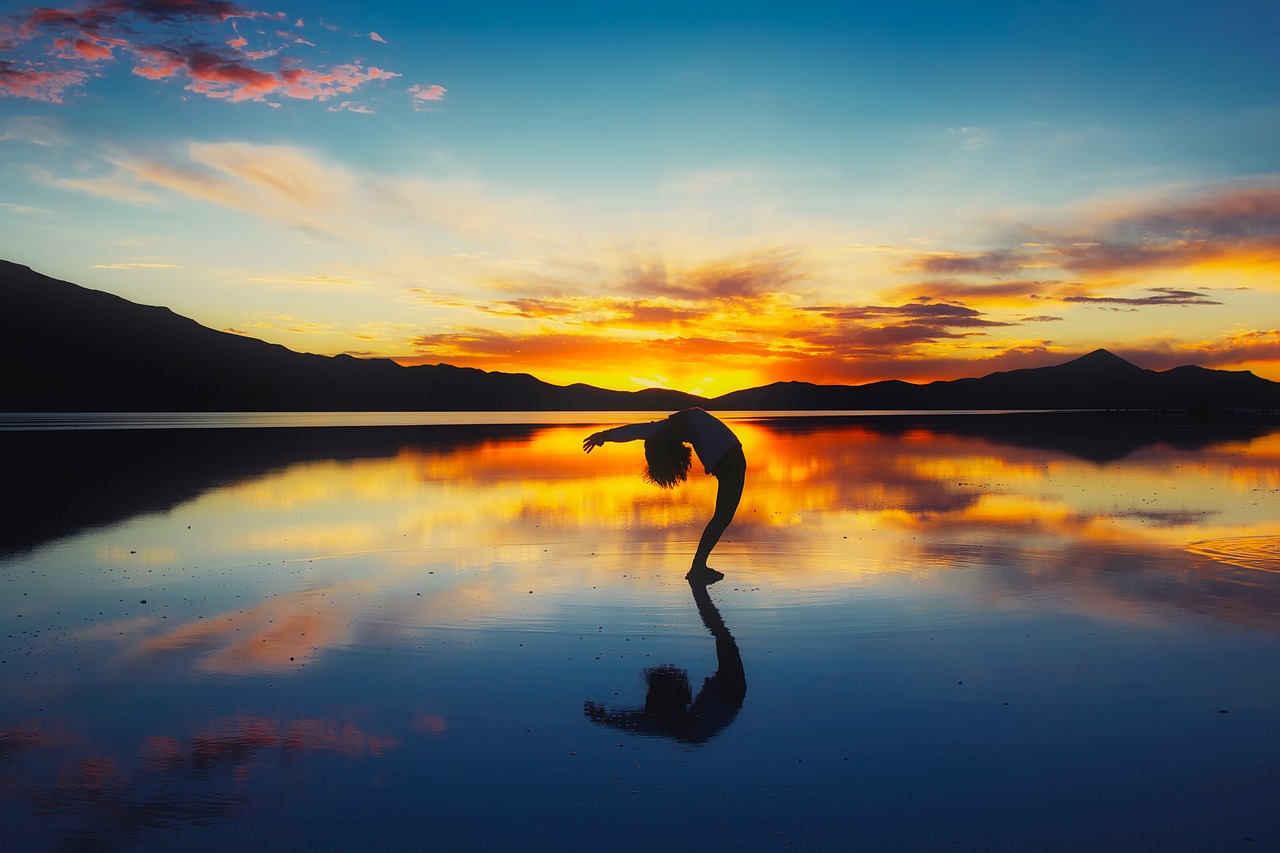
FIT in Your Recovery

By: Megan Lambert
Previous posts have addressed topics such as foam rolling, voodoo flossing, stretching and flexibility, as well as active recovery techniques. Adding on to this theme, in the third part of the FIT series, we will discuss how to practically apply recovery techniques in your busy schedule.
5 simple ways to incorporate recovery techniques in your daily life:
- Take a break every 1-2 hours.
If your job includes sitting in an office chair or staring at a computer screen for eight hours a day, then this tip is especially applicable for you. Every few hours, make a conscious effort to stand up, walk around the room, do a few stretches. Give yourself a short break. Not only will your muscles thank you, but you may even return to your task more alert and focused.
- Carry a lacrosse ball in your purse or briefcase.
When you have a random five minutes at the doctor’s office or are waiting in the school carpool line to pick up your daughter, you could spend those five minutes scrolling through Facebook, Twitter, or Instagram. Or, you could use a lacrosse ball to target sore muscles from your workout the day before!
- Carry a gallon jug of water with you.
Are you drinking enough water every day? One way to hydrate is to keep a gallon of water in your car. That way, when your water bottle is empty and you are out of the house, all you need to do is fill it up again and keep drinking.
- Foam roll or stretch while watching TV.
It is easy to get sucked into mindlessly watching television to unwind at the end of the day. And it is a good thing to unwind! But, what if you devote 20 minutes of the hour in a half you spend on the couch working on your flexibility and mobility? That 20 minutes will go a long way toward reaching your goals.
- Start your morning with a mobility exercise.
Before brushing your teeth, eating your breakfast, or taking a shower, begin your day by performing one movement that will benefit your body and help your mobility. Some examples include rolling the bottom of your feet on a lacrosse ball, performing 10 slow squats, and doing a hip stretch. This way, you set a precedent at the beginning of the day that you are going to resist the urge to ignore your sore muscles and help your body recover.

